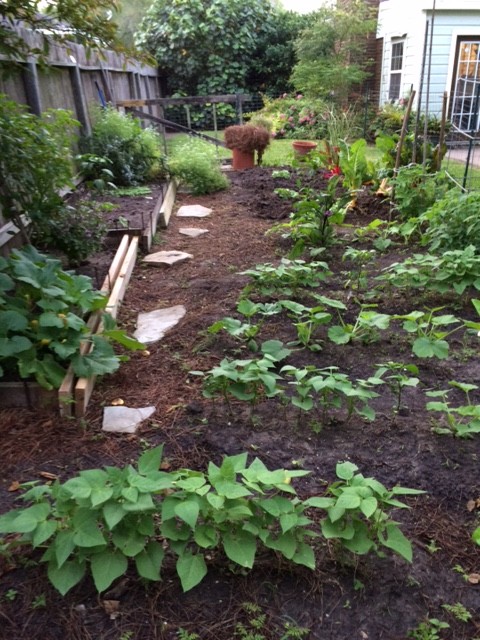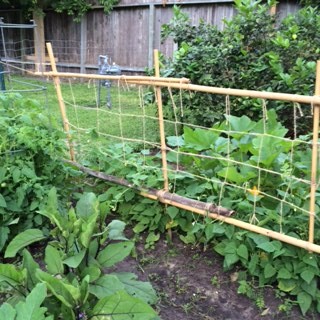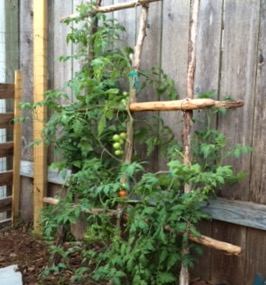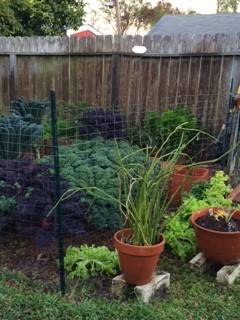UNMISTAKABLY BEAUTIFUL ANTIQUE ROSES!

GOOD, FERTILE SOIL…
ARE THEY LADYBUGS?
 inch wide. They are browninsh-gray to black with distinctive red markings. Boxelder babies have dull red bodies with black legs. You will find them by the hundreds, if not thousands gathered on the fence, in the bark of trees or hiding in your mulch. Adults deposit their eggs in cracks and crevices of tree bark in the spring, about the time buds begin to open. There are two or more generations per year in Texas. Boxelder Bugs are not considered to be damaging to host plants. Although they feed by sucking plant juices, they seldom cause harm to plants. They are considered more of a nuisance pest. You can choose to ignore them, or if need, they can be sprayed with any insecticide i.e. Cyonara or Triazicide. An organic alternative is Spinosad. –DeAnna
inch wide. They are browninsh-gray to black with distinctive red markings. Boxelder babies have dull red bodies with black legs. You will find them by the hundreds, if not thousands gathered on the fence, in the bark of trees or hiding in your mulch. Adults deposit their eggs in cracks and crevices of tree bark in the spring, about the time buds begin to open. There are two or more generations per year in Texas. Boxelder Bugs are not considered to be damaging to host plants. Although they feed by sucking plant juices, they seldom cause harm to plants. They are considered more of a nuisance pest. You can choose to ignore them, or if need, they can be sprayed with any insecticide i.e. Cyonara or Triazicide. An organic alternative is Spinosad. –DeAnna Be sure to use a good quality compost. We carry Cotton Burr Compost, Natures Blend Compost. I have always said,” You need a $50.00 hole for a $5.00 plant.” Life does begin with the soil, so always spend a little extra time, effort and money when it comes to soil prep. Your plants will reward you.
Be sure to use a good quality compost. We carry Cotton Burr Compost, Natures Blend Compost. I have always said,” You need a $50.00 hole for a $5.00 plant.” Life does begin with the soil, so always spend a little extra time, effort and money when it comes to soil prep. Your plants will reward you. 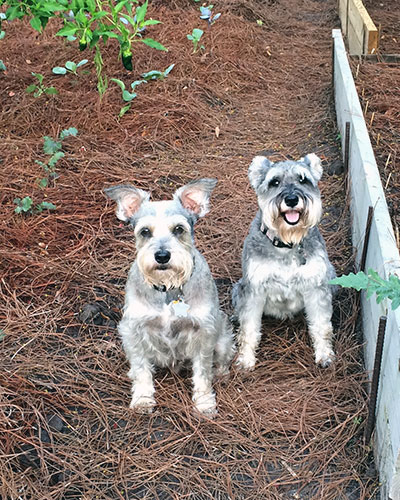
 -Debbie
-Debbie